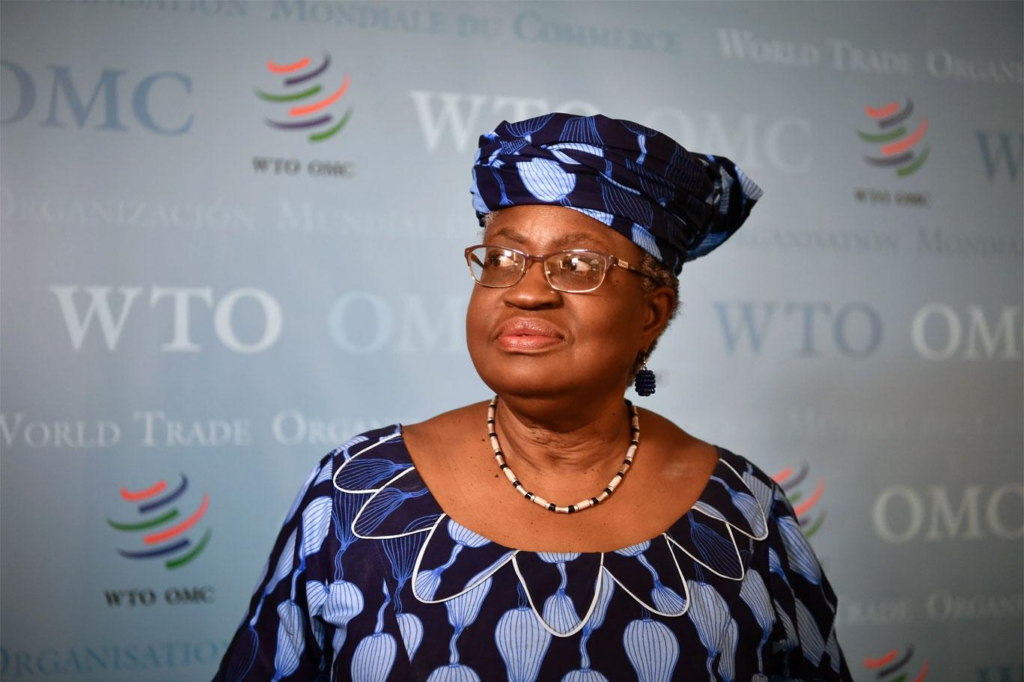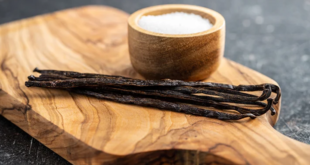Rice prices have risen in the wake of new trade restrictions, a few weeks ahead of an October meeting of WTO senior officials that is intended to lay the groundwork for progress at the trade body’s thirteenth ministerial conference in five months’ time.
Markets around the world have reacted to India’s ban on exports of non-basmati rice, according to the monthly “Market Monitor” produced by the Agricultural Market Information System (AMIS). The Russian Federation has also extended its rice export ban until the year-end, while the Philippines has set price ceilings for rice in a bid to ensure the staple remains accessible to consumers.

Although the overall index of food prices fell in August, grain and oilseed markets have been under pressure since the Russian Federation withdrew security guarantees for Black Sea shipping and terminated its involvement in the Black Sea Grain Initiative – a mechanism brokered by the UN and Türkiye which has eased exports of over 32 million metric tons of grain and food products since its launch in July 2022.
Making a breakthrough in the WTO’s ongoing agriculture negotiations would be “crucial” in addressing unresolved challenges facing the sector, including those associated with food insecurity, high food prices and inflation, WTO Director-General Ngozi Okonjo-Iweala told Foreign Affairs editor Daniel Kurtz-Phelan in a 24 August interview.

Rice Prices Hit Fifteen Year High…
“Countries should not take actions which limit the flow of agricultural and food goods, conflate military targets and civilian food distribution supply chains,” said the Chair of AMIS, Seth Meyer, in an end-July statement. He cautioned that the world’s most vulnerable consumers would bear the brunt of trade actions that exacerbate or transmit uncertainty onto other countries.
Rice has largely remained insulated from the volatility that has affected other food commodity markets, but in August prices for the grain reached a fifteen-year high in nominal terms. In March 2022, food prices hit a record peak after the outbreak of war in Ukraine, although robust farm output in many world regions and steps to ease exports from the Black Sea region have subsequently brought them back down to lower levels.
A mid-year monitoring report issued by the WTO at the end of July this year found that, while the number of export restrictions on food, feed, and fertilizer had fallen substantially, many such measures remained in place, contributing to supply uncertainty and price volatility.

In a declaration agreed at their 9-10 September meeting in New Delhi, India, G20 leaders committed “to facilitate open, fair, predictable, and rules-based agriculture, food and fertilizer trade, not impose export prohibitions or restrictions and reduce market distortions, in accordance with relevant WTO rules.”
The statement comes just two weeks after G20 trade and investment ministers meeting in the Indian city of Jaipur issued an outcome document and chair’s summary recognising that trade, along with domestic production, plays “a vital role” in improving global food security in all its dimensions. The text echoes language agreed by trade ministers in a WTO declaration on trade and food security in June 2022, which formed part of a package concluded at the organisation’s twelfth ministerial conference.
 THE GLOBAL WINDOW OF TURKISH FOOD AND AGRICULTURE The Global Window of Turkish Food and Agriculture Sector
THE GLOBAL WINDOW OF TURKISH FOOD AND AGRICULTURE The Global Window of Turkish Food and Agriculture Sector









